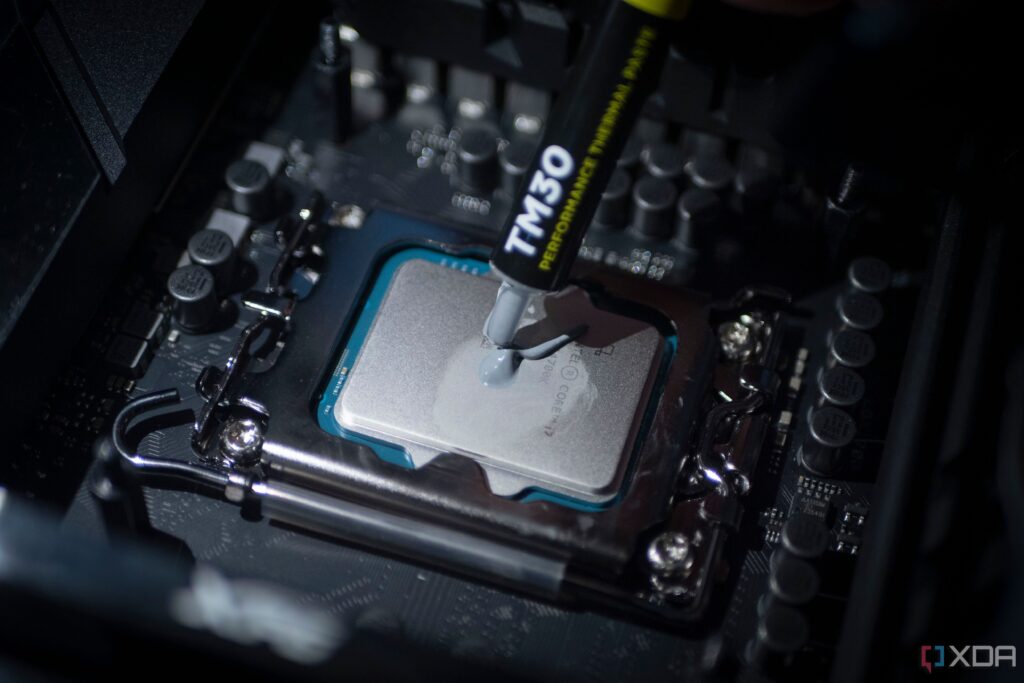
UPDATE: New insights have emerged regarding the effectiveness of thermal paste in cooling systems, revealing that spending more on high-performance thermal compounds may not yield the expected results. Experts confirm that for most users, affordable options like Arctic MX-6 are sufficient, especially for typical gaming and everyday tasks.
Recent findings highlight that while premium thermal pastes often boast impressive thermal conductivity ratings, the practical differences in cooling performance are often negligible. Officials from various tech organizations emphasize that the thermal path’s efficiency is determined far more by other factors, such as the quality of the CPU cooler, airflow, and proper application techniques.
As of October 2023, the conversation surrounding thermal paste effectiveness is gaining traction in the tech community. The hype surrounding high-priced pastes is called into question, suggesting that users may not need to invest heavily unless they’re engaging in extreme overclocking or running high-end systems continuously.
Experts point out that thermal compounds vary based on their base materials, typically hydrocarbon or silicon, and their thermally conductive fillers like Aluminum oxide. These ingredients impact the paste’s viscosity, longevity, and pump-out resistance. However, the performance gains diminish significantly when moving beyond basic, budget-friendly options.
Developing: The revelations come in light of ongoing discussions about thermal management in PCs, particularly following Intel’s LGA1700 bending issues that had users scrambling for aftermarket solutions. Proper mounting pressure has emerged as a critical factor; uneven pressure can severely hinder heat transfer, making it essential for users to ensure their coolers are correctly installed.
While premium thermal pastes may offer benefits in niche scenarios, the everyday user is likely to see little to no difference in typical workloads. This is especially true if they are not pushing their CPU or GPU to their limits. In fact, users replacing old thermal paste may notice a significant improvement simply from reapplying the same material, as dried-out pastes lose thermal conductivity over time.
As the debate continues, tech enthusiasts are advised to focus on overall system performance rather than fixating on thermal paste costs. The consensus is clear: cooling efficiency is primarily governed by the cooler’s design, ambient temperature, and airflow dynamics within the case.
In light of these findings, users should evaluate the necessity of their thermal paste choice critically. High-quality thermal paste options are most beneficial for enthusiasts running high-performance setups or laptops facing intense thermal cycling.
Next steps: As more users engage in discussions about thermal management, expect continued analysis of thermal paste effectiveness and its role in PC cooling. The community is encouraged to prioritize proper application and system airflow to maximize thermal efficiency.
Stay tuned for more updates as this story develops, as tech experts continue to dissect the intricacies of thermal management in modern computing environments.






